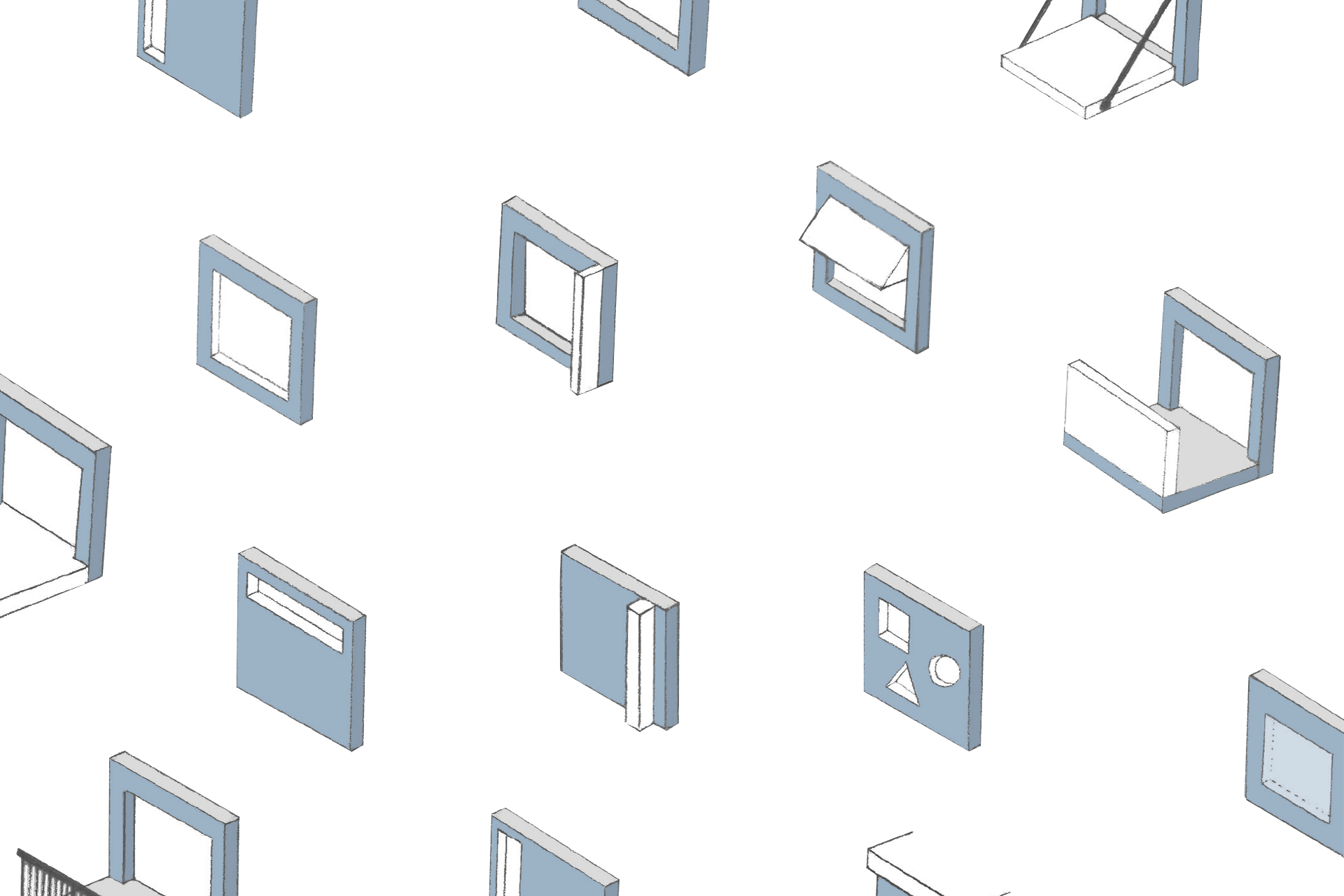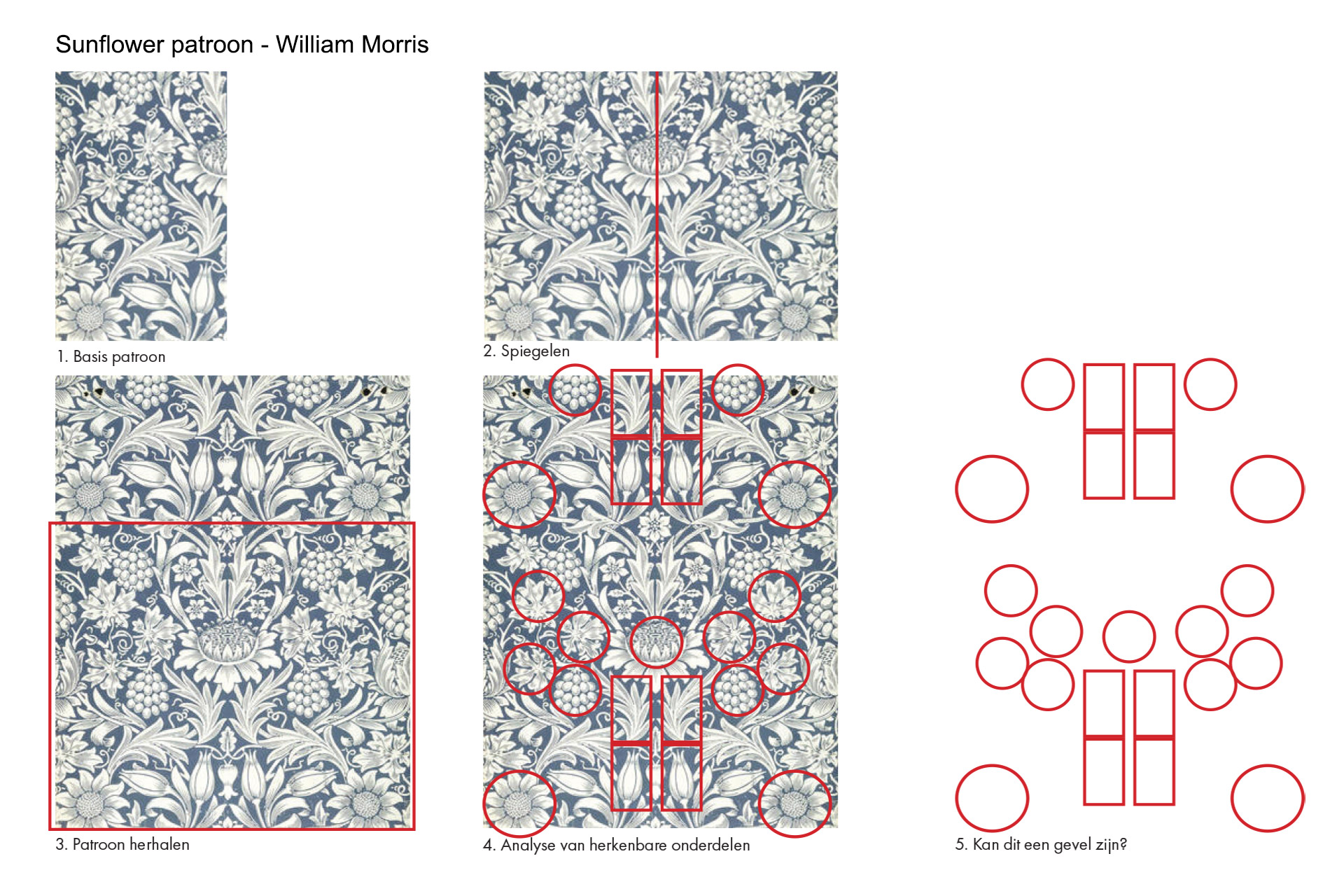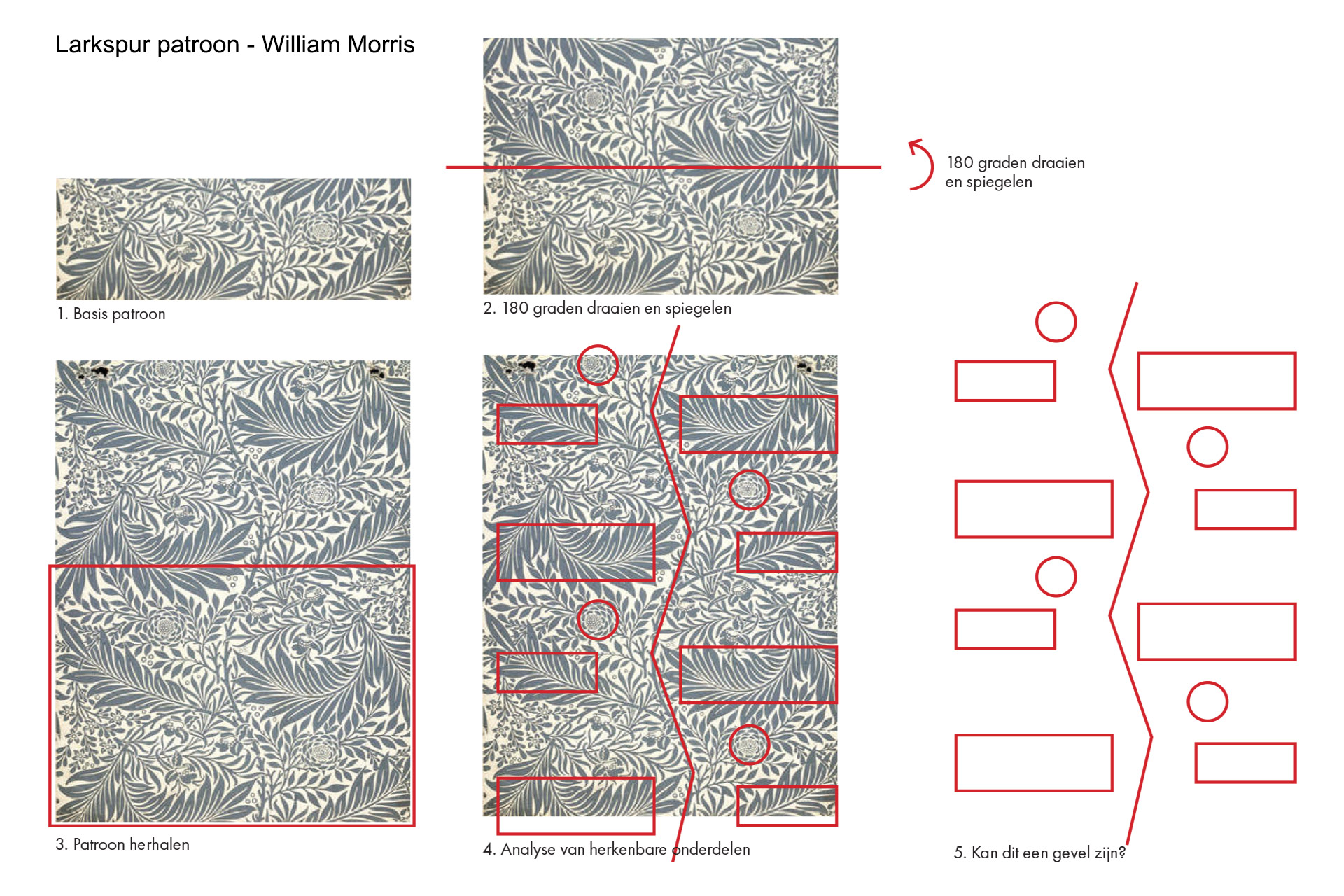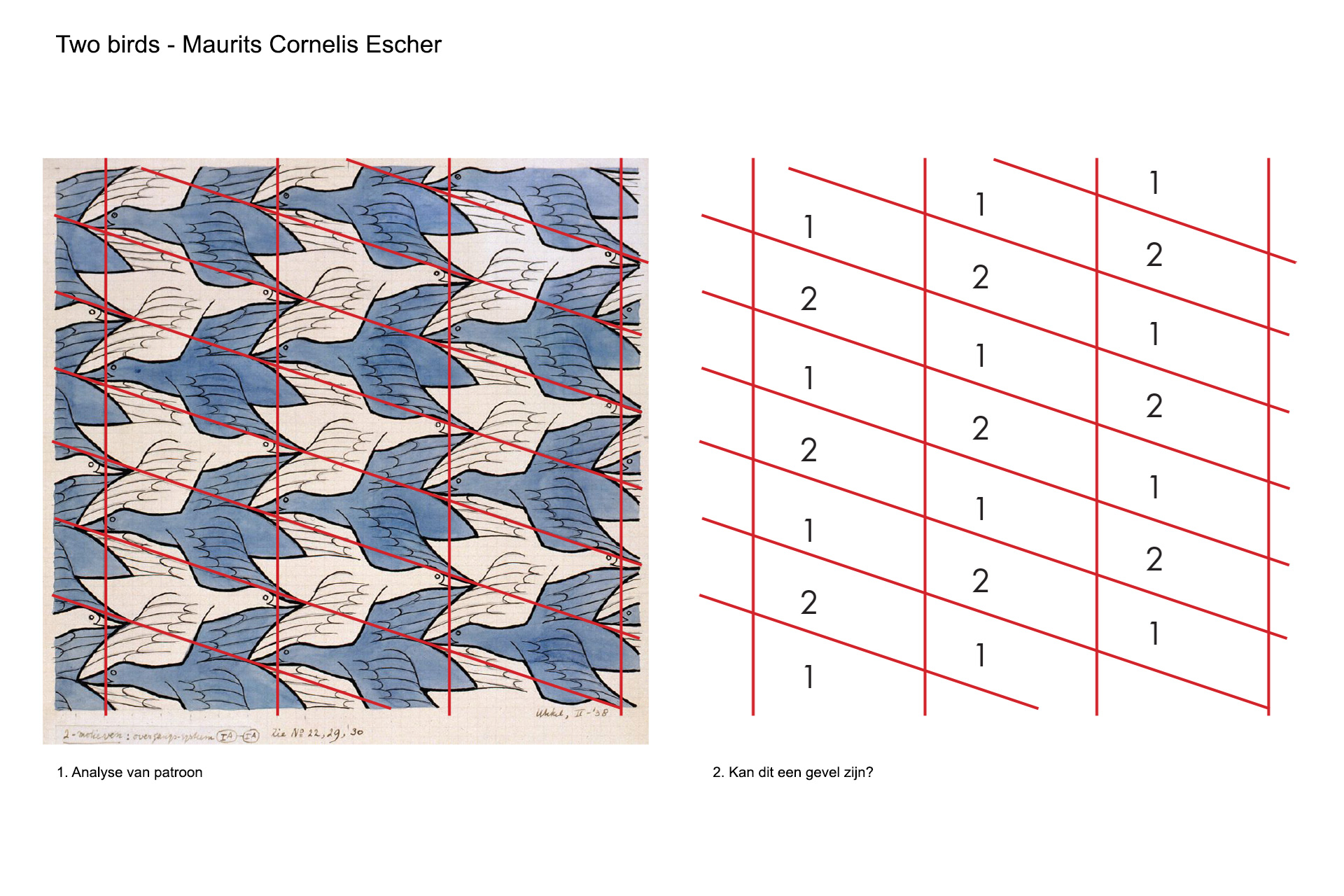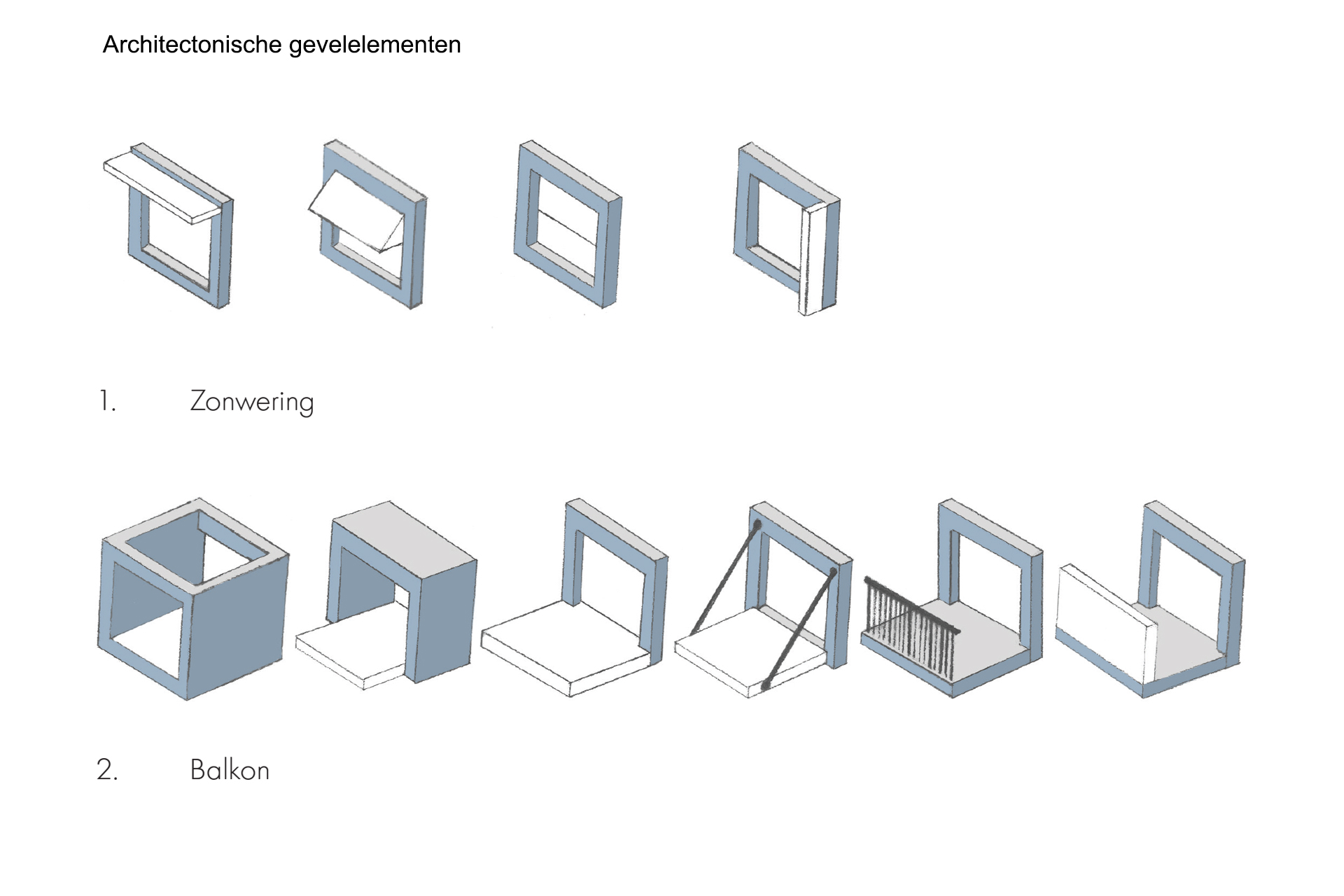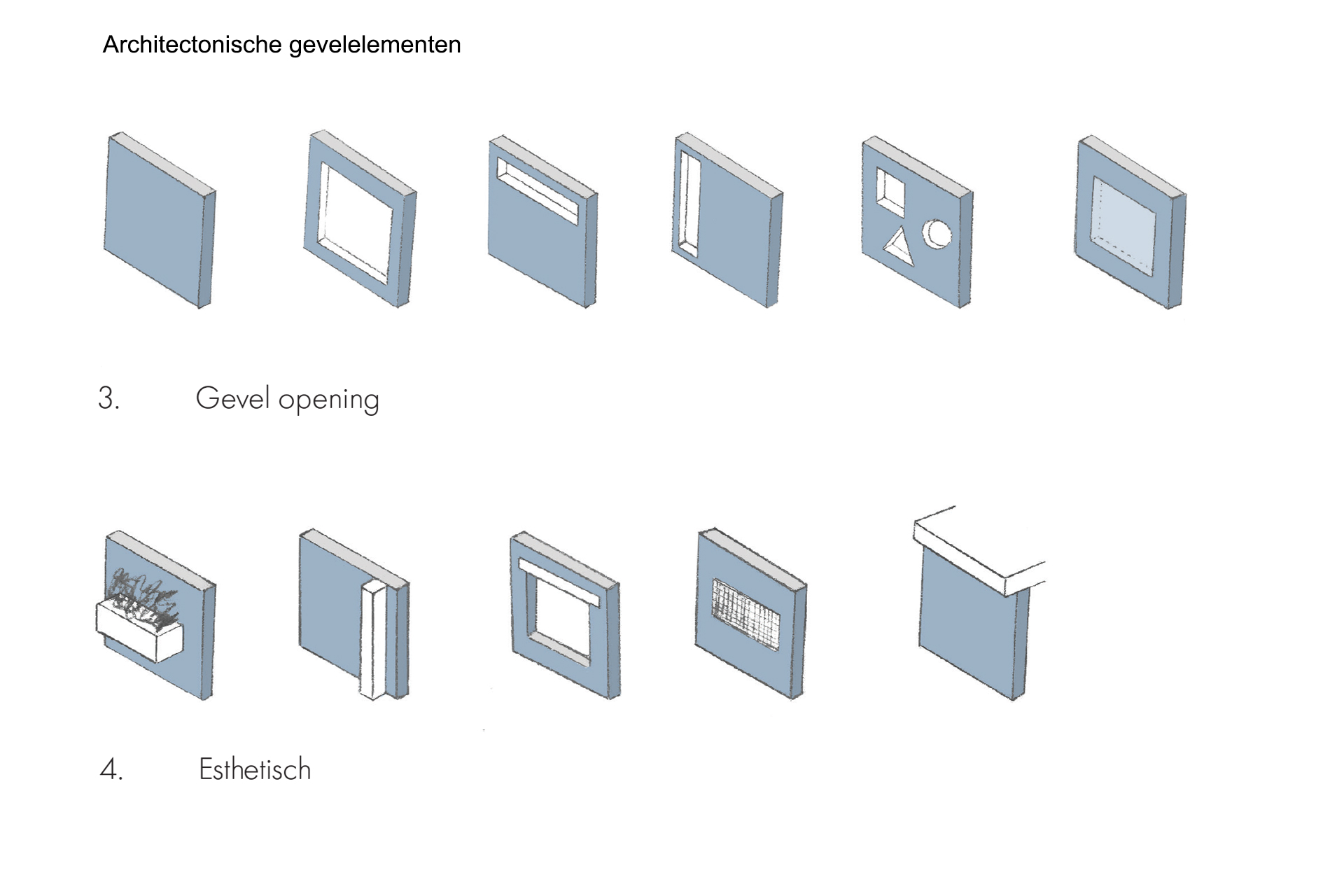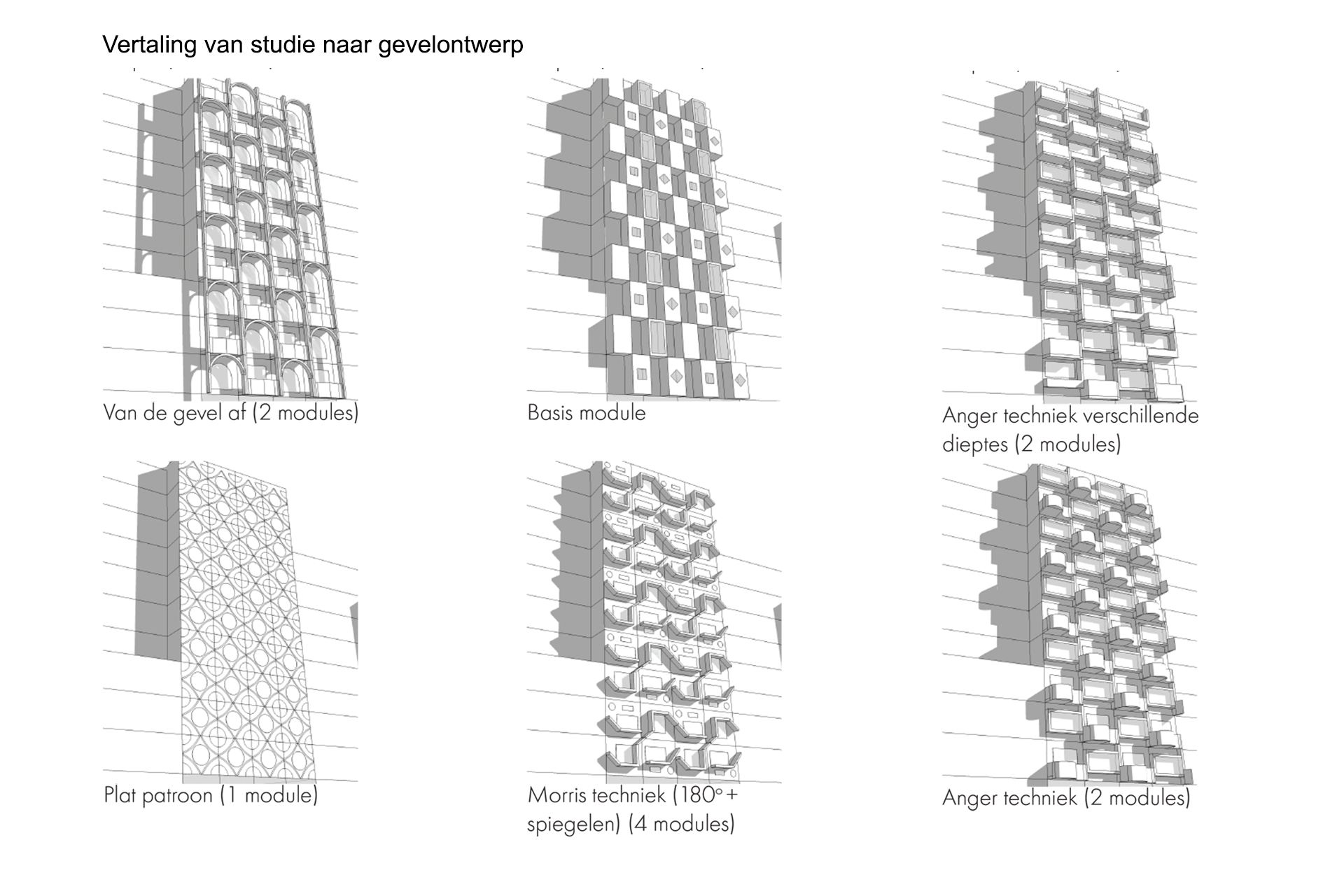My name is Isabel de Bruijn, an architecture student at the TU Delft. From January to June 2021, I did an internship at ZOETMULDER with great pleasure and with many educational moments. This internship was also the minor for my bachelor.
During this internship I did a research on modular facade construction. Building modular facades is a special construction technique, in which prefabricated modules are produced externally in a factory and then attached to each other on site to form an entire facade.
Modular construction offers many opportunities because this way a facade can be produced quick, affordable, flexible and sustainable. The disadvantage of modular construction is that it can produce a monotonous facade image. This because the modules are often quite large and used monotonous. For my research I investigated how modular facade construction can be used to achieve a varied and interesting facade image in the design process.
My research question was: what possibility does modular construction offer to get a varied facade image?
I investigated this by studying existing patterns in fabric and art. These have similarities with modular facades. A pattern consists of a repetition of simple units that together form a complex whole, the same applies to modular facades.
I looked at two well-known pattern makers: William Morris, who made floral patterns on textiles, and Maurits Cornelis Escher, known for his so-called ‘impossible’ drawings. I analysed these patterns and then investigated whether they can be translated into a facade pattern.
For example, in William Morris’ designs, the flowers, leaves and stems are used to compose a pattern. In architecture, balconies, blinds, planters and facade openings can be used in a similar way to arrange the modular facade. I converted this knowledge into a design study for ZOETMULDER for a new construction project in Utrecht.
